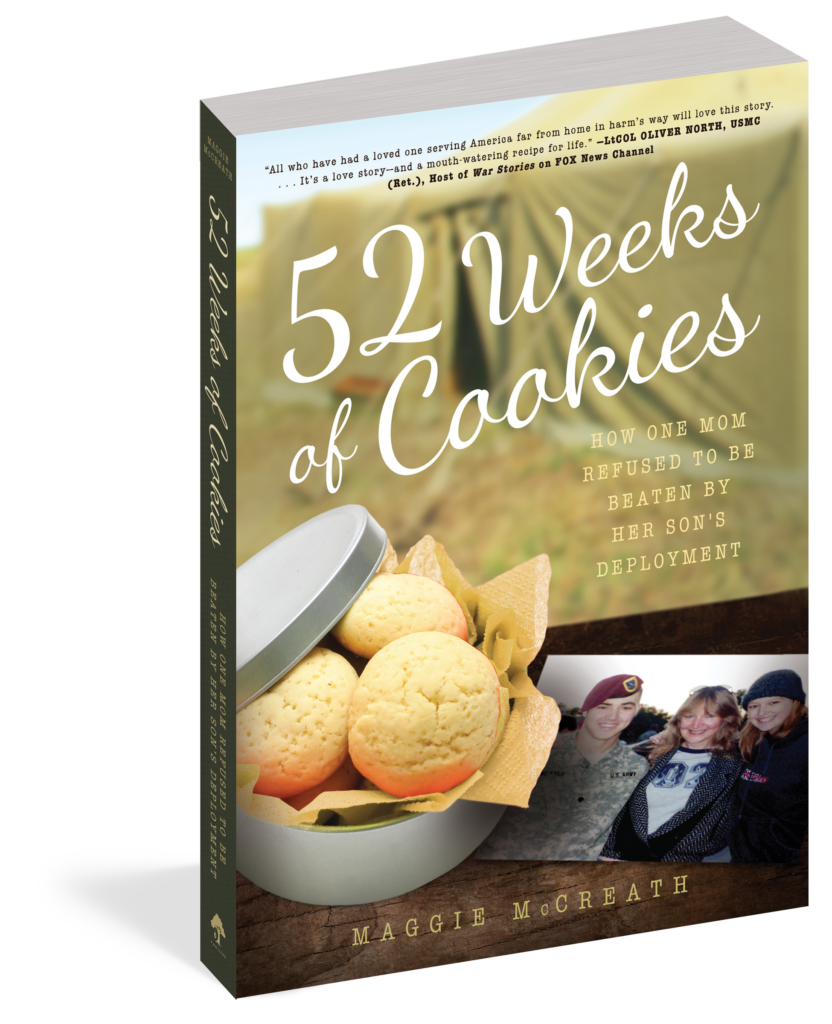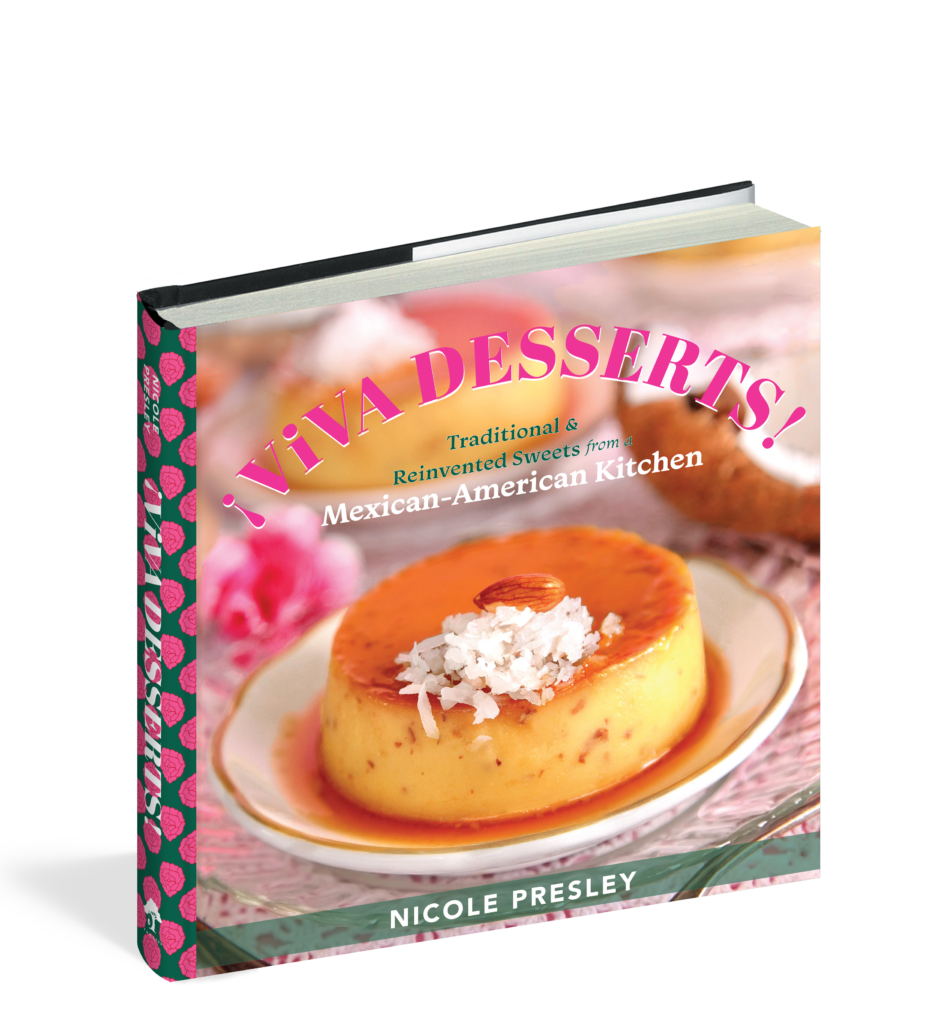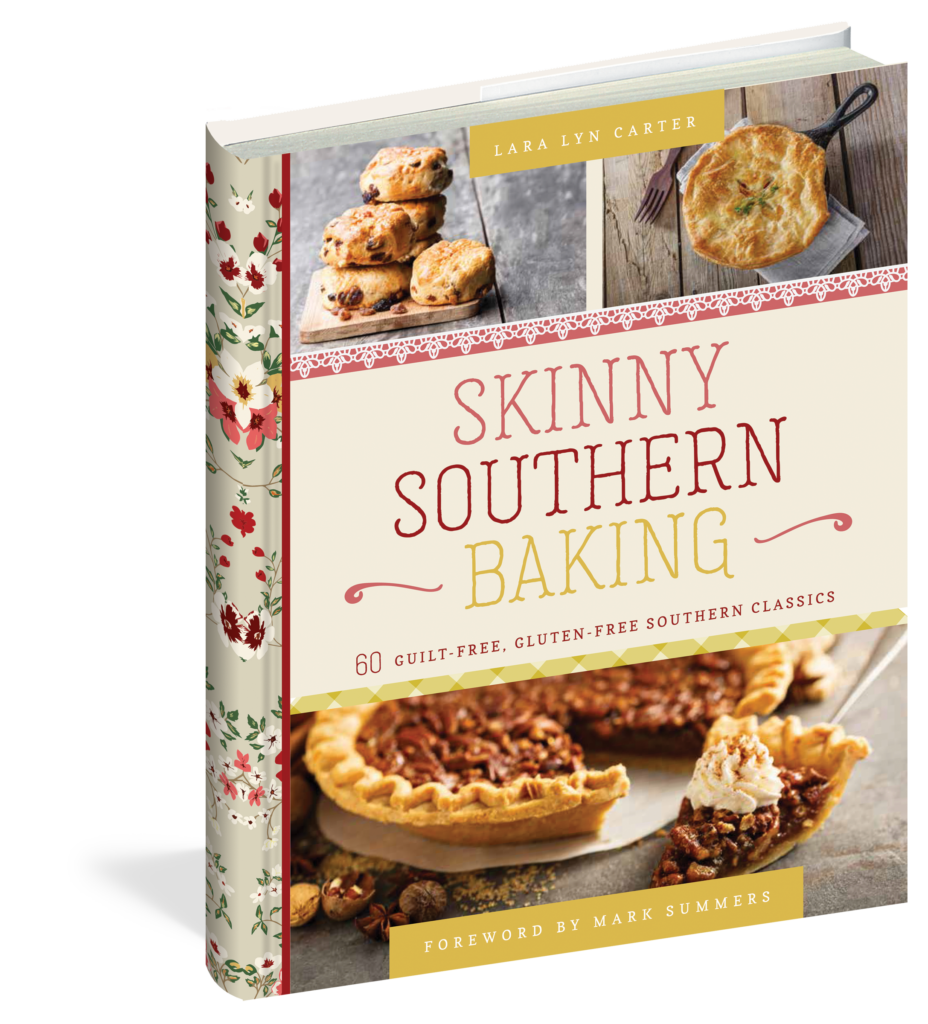
History of the Cookie: 14 Deliciously Fun Facts about Cookies
The history of the cookie is long and delicious. Here are fourteen fun facts about cookies that you probably don’t know.
Cookies, in their many shapes and forms, have been around for so long that we can’t pinpoint exactly how long. (Maybe since the 7th century? But definitely by the 14th century.) Either way, it was definitely long enough to have left their mark on the whole world, what with England and Australia’s biscuits, Spain’s galletas, and Germany’s keks.
These sweet treats have so many uses: a balm for heartbreak, a joyful tradition, and even a connection between people, to name a few. It only seems appropriate to give a nod to these heaven-sent goodies on National Cookie Day (December 4).
A source of pure, sugary happiness, cookies can be enjoyed anytime. Who needs to wait for national Cookie Day to enjoy these fun facts about the history of the cookie?
1. Origin of the Word “Cookie”
Just as fun to say as it is to eat, the word cookie comes from the Dutch word koekje, which means little cake. The Dutch were early cookie innovators and brought their baking techniques to America in the 17th century.
2. Ancient Cookie-Like Treats
Cookie’s first ancestor was quite a bit less sweet; Cookie probably wouldn’t even recognize her. Shortly after sugar became more common in the 7th century, Persians made a version of cookie-like treats, and the Chinese have been making small, thin wafers for centuries.
3. Medieval Cookery: How Cookies Got Their Shape
In medieval Europe, bakers used to test the oven temperature with a small amount of batter. These test cakes eventually evolved into what we now recognize as cookies.
4. Cookies in Colonial America
Early American settlers brought Dutch, English, and Scottish cookie recipes with them. The ingredients for cookies, such as sugar and spices, were considered expensive luxuries and were often sparingly used. This led to some traditional staples like butter cookies and tea cakes, all of which used sparse flavoring like butter and rose water.
5. Gingerbread’s Journey
Gingerbread cookies date back to medieval times and became popular in Europe, especially in Queen Victoria’s household. Although, Queen Elizabeth I, wanting to make cookies that resembled visiting dignitaries, is the one who came up with the idea of decorating them like kings and queens. German settlers brought the tradition of making gingerbread cookies to America, where it evolved into the familiar gingerbread men and houses.
6. Toll House: The First Chocolate Chip Cookie
The chocolate chip cookie, a quintessential American treat, was invented by Ruth Wakefield in the 1930s. She ran the Toll House Inn, and her recipe became widely popular after being published in a Boston newspaper.
7. Fortune Cookies Are American
Despite their association with Chinese cuisine, fortune cookies were actually invented in California by Japanese immigrants in the early 20th century. Called the tsujiura senbei, the original “fortune crackers” were larger, darker, and made with different ingredients than their modern chinese “fortune cookie” counterparts, which later included vanilla and butter. Somehow, they became associated with Chinese restaurants in the US.
8. Cookie Monster’s Favorite Cookie
The character Cookie Monster from Sesame Street has significantly influenced the popular perception of cookies. Not that he’s the only reason. But his voracious love for cookies has made him an iconic figure in popular culture. While Cookie Monster is known for his love of cookies in general, Sesame Street has officially declared that his favorite type of cookie is the chocolate chip cookie.
9. Girl Scout Cookies Started in High School
Girl Scout Cookies have been sold since 1917 when the Mistletoe Troop in Muskogee, Oklahoma, baked and sold cookies in their high school cafeteria. Today, Girl Scout Cookies are a beloved annual tradition. (Nothing tastes like Thin Mints—and have you tried eating them frozen?)
10. World’s Largest Cookie
The largest chocolate chip cookie ever baked weighed over 40,000 pounds. It was over 100 feet wide! The Immaculate Baking Company in Flat Rock, North Carolina, made it in 2003 using the Big Oven, which they invented just for this cookie.
11. Oreos: The First Copycat?
Oreos, one of the most popular cookies globally, were first introduced in 1912 by the National Biscuit Company (now Nabisco) as the Oreo Biscuit. They were first meant to be a dupe for Hydrox, another chocolate cookie sandwich, but they soon became the world’s favorite cookie. Even crazier? It was a sibling rivalry.
12. Stroopwafels: A Creation of Leftovers
Stroopwafels, thin waffle cookies with caramel syrup filling, are another Dutch delight. They came from a baker in the Netherlands who decided to piece bakery leftovers together using syrup. These sweet, crunchy, gooey treats are to the Netherlands what donuts are to the US.
13. Macarons vs. Macaroons
You might not have known this, but macarons and macaroons are two different cookies. (It’s not a spelling error.) Macarons are delicate French meringue-based sandwich cookies while macaroons are coconut-based cookies. The two are distinct in ingredients, preparation, and taste—but they’re equally delicious.
14. Italian Amaretti Cookies
Amaretti cookies have a history dating back to the Renaissance. Legend has it that a cardinal who was visiting Saronno, Italy, wanted a special pastry to commemorate his arrival. The young couple who owned the bakery had to make do with what they had: just some apricot kernels, sugar, and egg whites. But their invention soon became a confection that can be found in every bakery in Italy, and now in homes around the world.
Start Your Own Cookie Journey with These Books

52 Weeks of Cookies

¡Viva Desserts!

Skinny Southern Baking
Shaelyn Topolovec earned a BA in editing and publishing from BYU, worked on several online publications, and joined the Familius family. Shae is currently an editor and copywriter who lives in California’s Central Valley.
